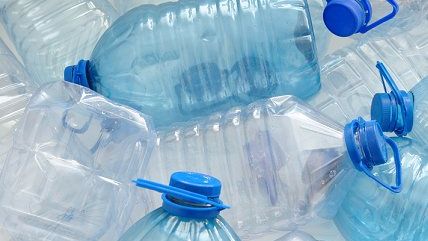Plastic Panic
Re-evaluating BPA

For the better part of the past decade, activists have been warning about the dangers of bisphenol A (BPA), a chemical compound common in plastic products. The U.S. Food and Drug Administration banned its use in baby bottles and infant-formula packaging in 2012, but for many this wasn't enough. France banned BPA from all food packaging, and as recently as June 2014 U.S. lawmakers were pushing a similar ban.
But everyday exposure to BPA may not be as dangerous as previously suspected. In January 2015, the European Food Safety Authority (EFSA) released the results of a comprehensive re-evaluation of the stuff, concluding that it "poses no health risk to consumers of any age group (including unborn children, infants and adolescents) at current exposure levels."
This isn't to say that BPA is safe at all exposure levels-the EFSA stands by a recent reduction of the safe limit from 50 micrograms to 4 micrograms per kilogram of body weight daily. But the average "exposure from the diet or from a combination of sources (diet, dust, cosmetics and thermal paper)" turns out to be "considerably under the [new] safe level."
The last time the EFSA assessed BPA was in 2006, when there was much less research available. Trine Husoy, chair of the EFSA's working group on the subject, said in a press release that our dietary exposure to BPA "is four to fifteen times lower than previously estimated."
This article originally appeared in print under the headline "Plastic Panic."


Show Comments (1)